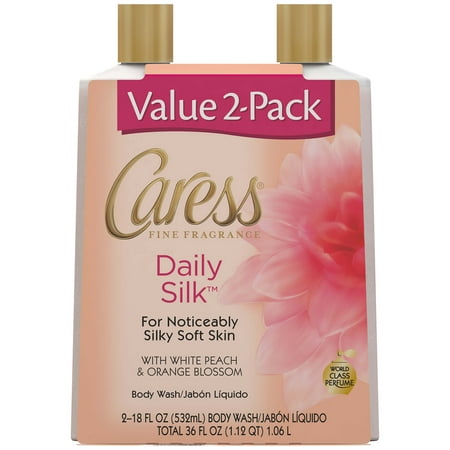Dr Teal’s Ultra Moisturizing Relax & Relief Body Wash with Eucalyptus Spearmint, 24 oz.
Soothe and stimulate with Dr. Teal’s Ultra Moisturizing Body Wash with Eucalyptus Spearmint. Dr. Teal’s is famous for its epsom salt soaks, but their body washes are just as powerful and effective. Dr. Teal’s Relax and Relief body wash is packed with epsom salt to relieve tired, achy muscles. plus aloe vera, shea butter and vitamin E to heal, condition and moisturize dry skin. Spearmint is added as a restorative for the body, plus eucalyptus to refresh and stimulate the senses. Each 24 oz bottle of Dr. Teal’s eucalyptus spearmint body wash is outfitted with a pump dispenser for effortless use.








Dr Teal’s Ultra Moisturizing Relax & Relief Body Wash with Eucalyptus Spearmint, 24 oz.:Hydrates and nourishes with aloe vera, shea butter and vitamin EPure epsom salts help relieve achy musclesDr Teal’s Relax & Relief body wash restores the body and stimulates the sensesOutfitted with a pump dispenser for effortless use





Reviews
There are no reviews yet.